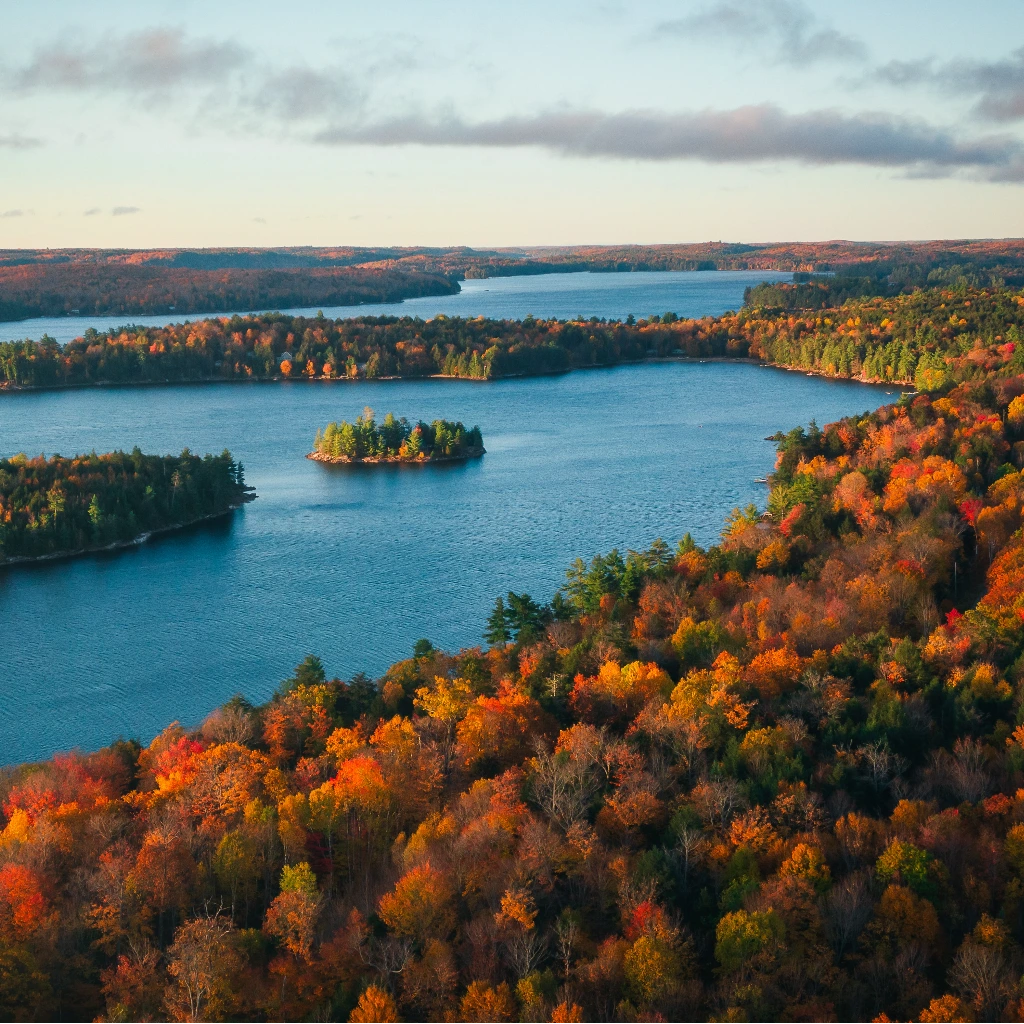Canada is a vast and diverse country with many different landscapes and regions to explore. From the towering peaks of the Rocky Mountains to the vast forests of the boreal region, there is a lot to see and do in Canada. The country is also home to many different cultures and communities, each with their own unique traditions and way of life.
One of the most popular tourist attractions in Canada is Niagara Falls, which is located on the border between Ontario and New York. The falls are a natural wonder and draw millions of visitors each year. Other popular destinations include Banff National Park in Alberta, the CN Tower in Toronto, and the historic city of Quebec.
As for the Toronto Maple Leafs, they are a professional ice hockey team based in Toronto, Ontario, and are one of the original six teams in the National Hockey League (NHL). They have a devoted fan base and are known for their passionate play on the ice. Poutine, a dish made with french fries, cheese curds, and gravy, is a popular snack in Canada, especially in the provinces of Quebec and Ontario. It's a must-try for anyone visiting Canada.
Get cover now




